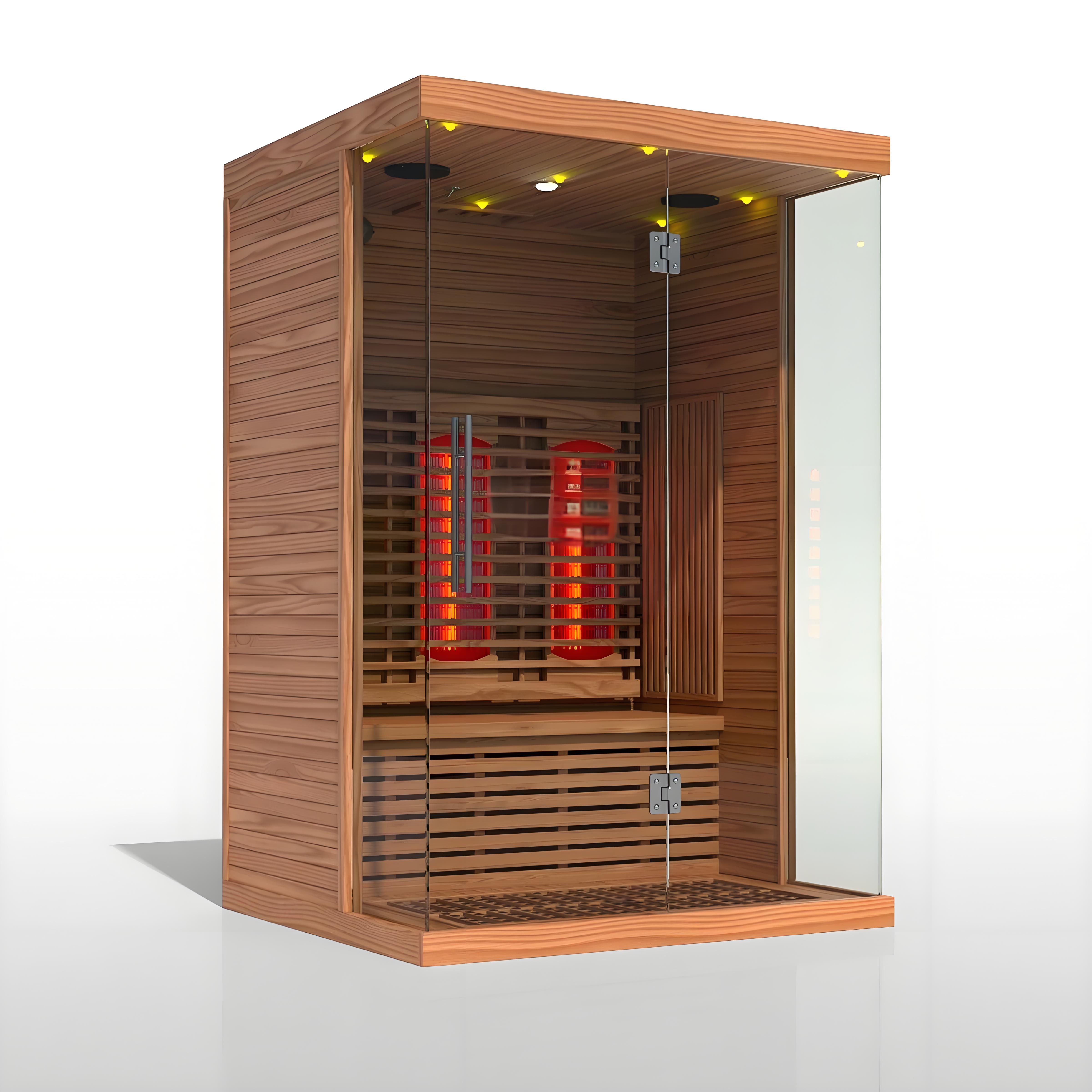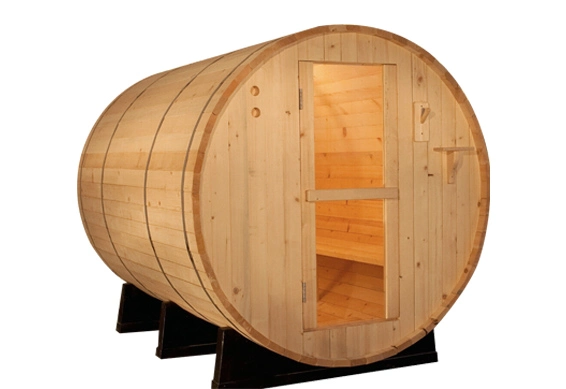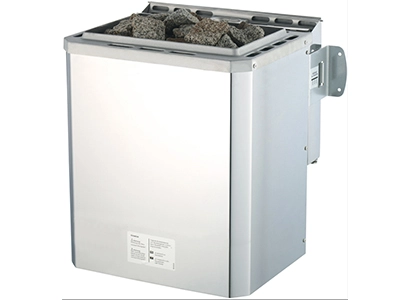An Infrared Sauna is a type of sauna that uses infrared heaters to emit infrared light experienced as radiant heat which is absorbed by the surface of the skin. Infrared sauna heaters for sale use carbon or ceramic heater tiles to provide a slow, steady heat in your sauna. Rather than providing heat from a single source in the center of your sauna, infrared sauna heaters create heat in different parts of the sauna to surround the user in a relaxing, warm environment.

This type of heating is sometimes ignored by sauna enthusiasts because it offers a different type of heat and operates in a different manner than the traditional sauna heaters mentioned above.
Traditional Saunas differ from infrared saunas in that they heat the body primarily by conduction and convection from the heated air and by radiation of the heated surfaces in the sauna room whereas infrared saunas primarily use just radiation. Infrared saunas are also used in Infrared Therapy and Waon Therapy and although there is a small amount of preliminary evidence that these therapies correlate with a number of benefits including reduced blood pressure, increased heart rate and increased left ventricular function there are several problems with linking this evidence to alleged health benefits.







